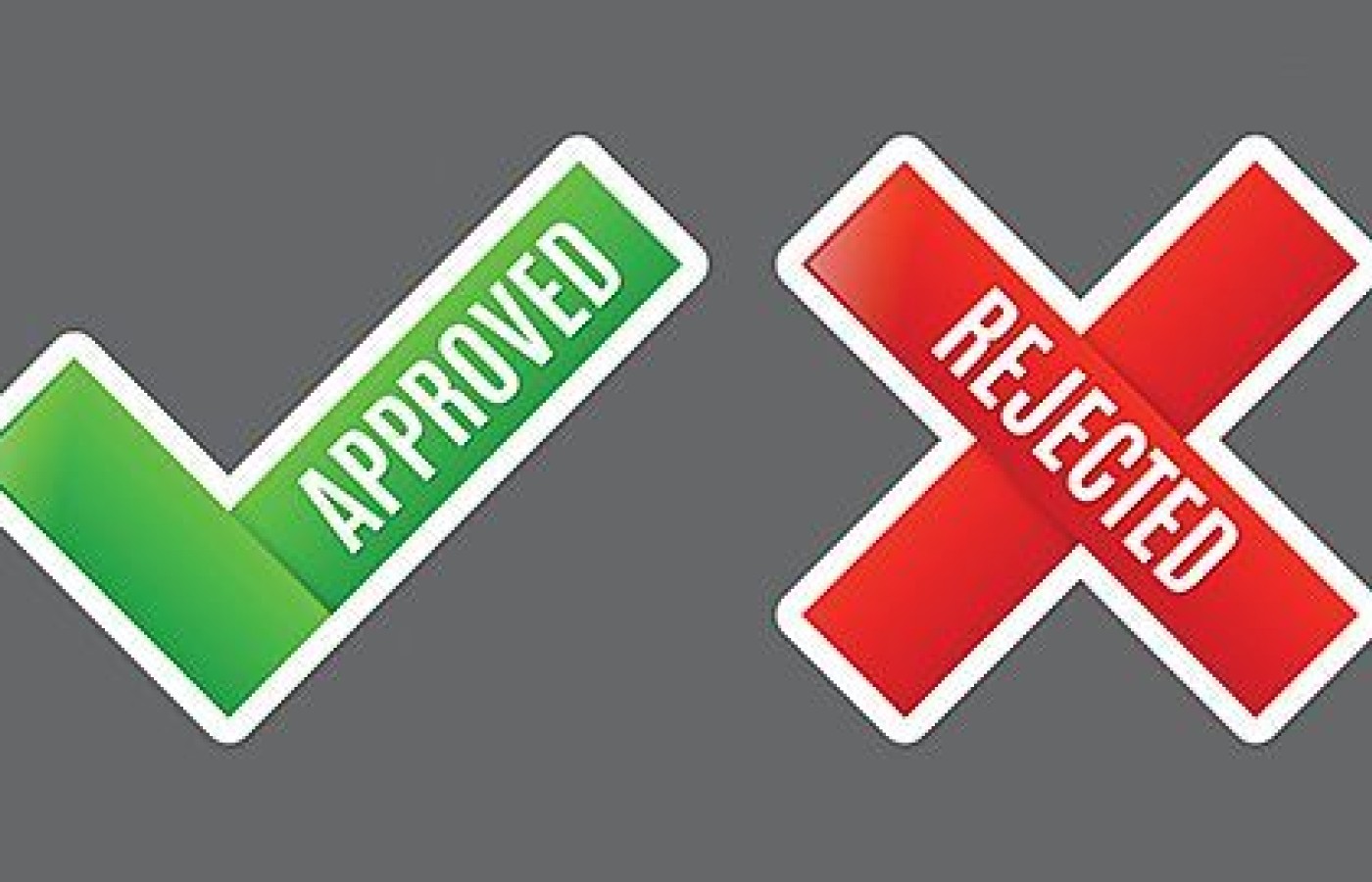Some doctors thrive in a personality-based clinic and have a loyal following no matter what services or equipment they offer, but for most chiropractic offices who are trying to grow and expand, new equipment purchases help us stay relevant and continue to service our client base in the best, most up-to-date manner possible. So, regarding equipment purchasing: should you lease, get a bank loan, or pay cash?
Thinking About the Value of Psychosocial Pain Tests in Clinical Practice
There is quite a catalogue of presumably representative literature addressing various aspects of research regarding pain tests, and my searches and reading have turned up some key resources. But are these tests, particularly the psychosocial variety, worth the bother to use in practice? Let's take a practical and research-based look at some of the pain tests I use (and don't use), to help you decide whether they have value in your practice.
Quantifying Pain: My Core Tests
My core questionnaire for the pain patient includes four visual analogue scales and the diagram from the McGill Pain Questionnaire. If the patient mentions back pain, my staff offer a Revised Oswestry Low Back Pain Disability form1 for completion. If neck pain is mentioned, the patient is given the Neck Disability Index form.2 If the patient complains of headache, we might use the Henry Ford Hospital Headache Disability Inventory.3 (This is a somewhat unsatisfactory instrument, but better than all the others I have found. There must be a 29-point change for there to be a real change in amelioration or exacerbation, and frequency change is not an indication of amelioration or exacerbation with this instrument.)
If depression or anxiety is mentioned, the Beck Depression Inventory4 is used. If the patient scores over 20, they are encouraged to seek help from their general practitioner or a psychologist as they see me. If they score over 10, they are reviewed with the instrument after two weeks of care. If they score anything but zero on question 9 regarding suicide, they are asked for permission for me to call their general practitioner, unless they are already under care for this issue and it has been specifically mentioned and discussed by their psychological caregiver. There is ample evidence that suicide is underrecognized and it's no work to ask about it.
Why Most Psychosocial Pain Tests Don't Help Me in Practice

Linton5 offers a critical review of prospective studies on psychological risk factors for back and neck pain, and concludes similarly that methodological quality was variable. The most useful aspect of the paper for me was that there is no support for the notion of a pain-prone person. That relieves me of the task of looking for such in people with no or little pain.
Two more recent reviews6-7 assert that many methodological issues have been addressed in the more recent literature on chronic pain. There is now even a randomized, controlled trial of early cognitive behavioral intervention in early-onset rheumatoid arthritis8 showing not only improvements in psychological outcomes, but also a reduction in C-reactive protein – the first "objective" measure of such interventions of which I have heard. Further, early intervention appears to result in improved outcomes occupationally in cases of acute musculoskeletal pain.9
On the matter of occupational low back pain, a recently published protocol10 is designed to establish a means to predict which injured workers with carpal tunnel syndrome or low back pain will suffer disability so they can be targeted for early intervention (to promote return to work and normal functioning). An earlier systematic review11 of observational studies (11 cohort investigations, two case-control studies) found the literature on the topic methodologically flawed, with no inclusion or exclusion criteria. That said, the review authors declared there was strong evidence for low social support and low job satisfaction as risk factors. Hmmm.
Several attempts at constructing new tests have seemed of little use to me in private practice (of course, not all tests are meant to be used in just that setting). One such test, the DRAM (Distress and Risk Assessment Method),12 seemed to show little more, for me, than that people who have ineffective treatment are worse psychologically. For those with fibromyalgia, the Tampa Scale of Kinesiophobia measurements scale is problematic,13 but it's not problematic for me, as I see only perhaps four of such patients a year, and then only under co-management, so I can do without it.
Following the promulgation of a challenge to see pain in a new, mechanism-based way, rather than as a dichotomous issue (acute vs. chronic, etc.),14 and since it seems neuropathic pain ought to be identified early if successful interventions are to follow, a Yorkshire group developed the Lanss Pain Scale15 as a diagnostic tool. Its discriminant ability, internal consistency and agreement by independent raters are good (Cohen's Kappa ranges from 0.6 for dysaesthesia to 0.88 for autonomic dysfunction), and it's the one test I will consider further for possible inclusion in my diagnostic protocols (but after a bit more thinking).
Another test, the DAPOS (Depression, Anxiety and Positive Outlook Scale)16 is interesting in an intellectual sense, although it has little to offer me beyond that. It has been validated, unlike most other psychological tests used in pain research, not on a population sample drawn from a chronic pain facility, but from volunteers who are patients in British osteopathic practices. (Are they, as fee payers, more motivated to get better in the first place?)
The most interesting aspect of this paper is the exploration of the notion that rather than just measuring negative emotions and finding ways to retrieve them as they slide, one seeks positive emotions and ways to drive them up in chronic pain patients. Hmmm.
Further consideration of issues such as pain and families,17 pain beliefs,18 chronic pain disability exaggeration/malingering and submaximal effort,19 coping strategies,20-21 and secondary gain22 is unlikely to assist me in managing my care of chronic pain sufferers. There's precious little I can do about coping skills, or a dysfunctional family (beyond negotiating and facilitating how interactions might best be managed). In fact, beyond knowing that we do not know the prevalence of malingering and that we cannot discriminate when it is happening (volunteers can fake mental illness on the Minnesota Multiphasic Personality Inventory), secondary loss may be just as big an issue as secondary gain (the issues seem naturally linked, to me). What's more, few, if any, of these matters seem well enough sorted out for this chiropractic clinician to use.
In summary, I'm cautiously satisfied with what I do and why – as should you be. Thanks for thinkin' with me!
References
- Fairbank JT, et al. The Oswestry low back pain disability questionnaire. Physiotherapy, August 1980;66(18):271-3.
- Vernon H, Mior S. The Neck Disability Index: a study of reliability and validity. J Manip Physiol Ther, 1991;14:409-15.
- Jacobsen GP, Ramadan NM, et al. The Henry Ford Hospital Headache Disability Inventory (HDI). Neurology, 1994;44:837-42.
- Beck AT. Depression: Causes and Treatment. Philadelphia: University of Pennsylvania Press, 1967.
- Linton SJ. A review of psychological risk factors in back and neck pain. Spine, 2000;25:2114-125.
- Keefe FJ, Rumble ME, Scipio CD, et al. Psychological aspects of persistent pain: current state of the science. J of Pain, May 2004;5(4):195-211.
- Innes S. Psychosocial factors and their role in chronic pain: a brief review of development and current status. Chiro & Osteo, 2005,13:6.
- Sharpe L, Sensky T, Timberlake N, et al. A blind, randomised controlled trial of cognitive behavioural intervention for patients with recent onset rheumatoid arthritis: Preventing psychological and physical morbidity. Pain, 1997;89:257-83.
- Feldman JB. The prevention of occupational low back pain disability: evidence based reviews point in a new direction. J Surg Orthop Adv, 2004;13:1-14.
- Turner JA, et al. Prediction of chronic disability in work-related musculoskeletal disorders: a prospective, population-based study. BMC Musculoskel Disord, 2004,5:14.
- Hoogendorn WE, van Poppel MNM, Bongers PM, et al. Systematic review of psychosocial factors at work and private life as risk factors for back pain. Spine, 2000;25:2114-25.
- Main CJ, Wood PLR, Hollis S, et al. The distress and risk assessment method. A simple patient classification to identify distress and evaluate the risk of poor outcome. Spine, 1992;17:42-52.
- Burwinkle T, Robinson JP, Turk DC. Fear of movement: factor structure of the Tampa Scale of Kinesiophobia in patients with fibromyalgia syndrome. J of Pain, June 2005;6(6):384-91.
- Woolf CJ, Bennett GJ, Doherty M, et al. Towards a mechanism-based classification of pain? Pain,1998;77:227-9.
- Bennett M. The LANSS Pain Scale: the Leeds assessment of neuropathic symptoms and signs. Pain, 2001;92:147-57.
- Pincus T, Williams ACdeC, Vogel S, Field A. The development and testing of the depression, anxiety and positive outlook scale. Pain, 2004;109:181-88.
- Turk DC, Flor H, Rudy TE. Pain and families. I. Etiology, maintenance, and psychosocial impact. Pain, 1987;30:3-27.
- Williams DA, Keefe FJ. Pain beliefs and the use of cognitive-behavioural strategies. Pain, 1991;46:185-90.
- Fishbain DA, Cutler R, Rosomoff HL, Rosomoff RS. Chronic pain disability exaggeration/malingering and submaximal effort research. Clin J Pain, 1999;15:244-74.
- Rosenstiel AK, Keefe FJ. The use of coping strategies in chronic low back pain patients: relationship to patient characteristics and current adjustment. Pain, 1983;17:33-44.
- Jensen MP, Turner JA, Romano JM, Karoly P. Coping with chronic pain: a critical review of the literature. Pain, 1991;47:249-83.
- Fishbain DA, Rosomoff HL, Cutler R, Rosomoff RS. Secondary gain concept: a review of the scientific literature. Clin J Pain, 1995;11:6-21.
Editor's Note: This is the fourth in a series of articles by Dr. Charlton focused on different aspects of research as applicable to clinical practice. Follow his periodic contributions in DC throughout 2016.



